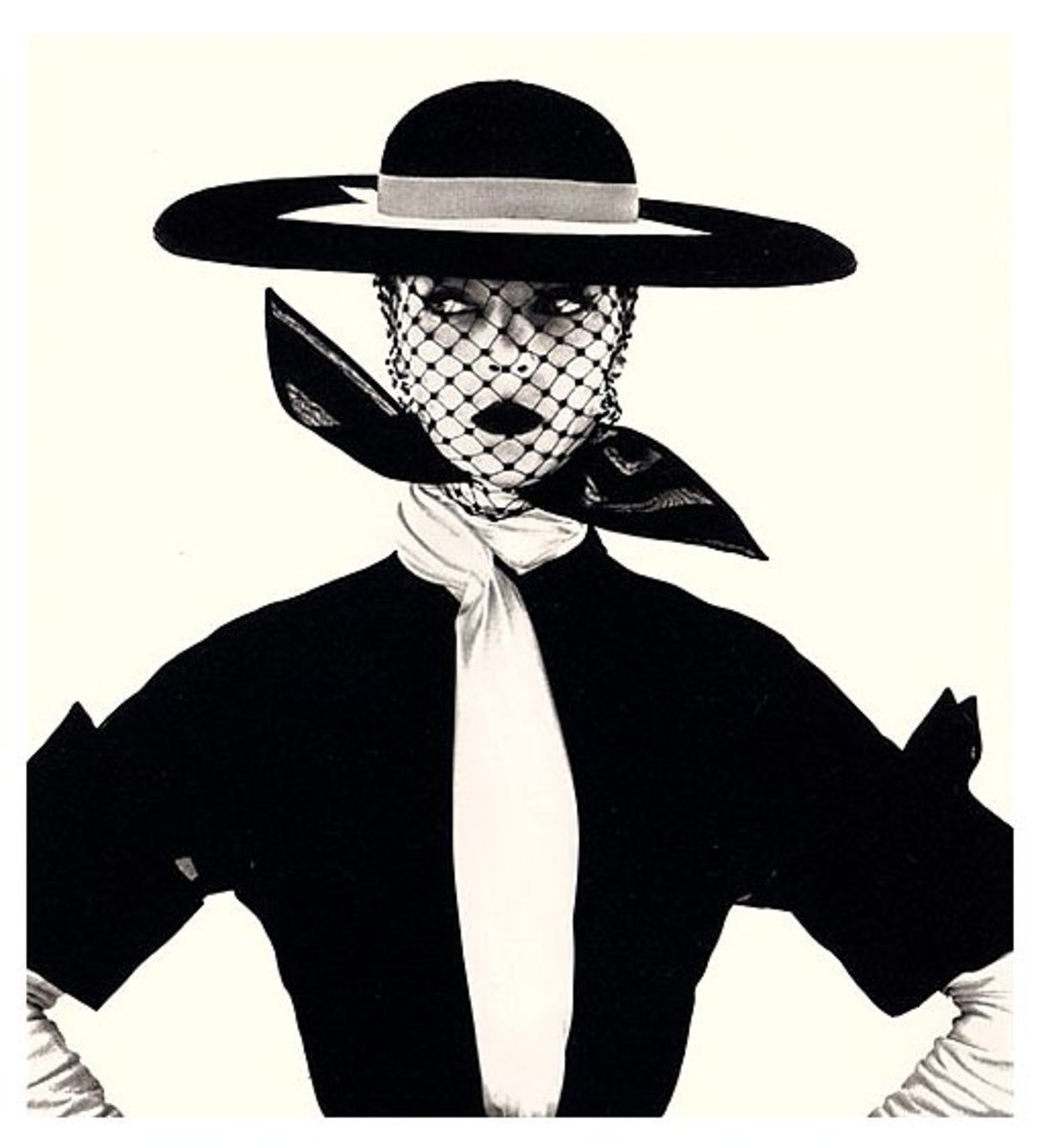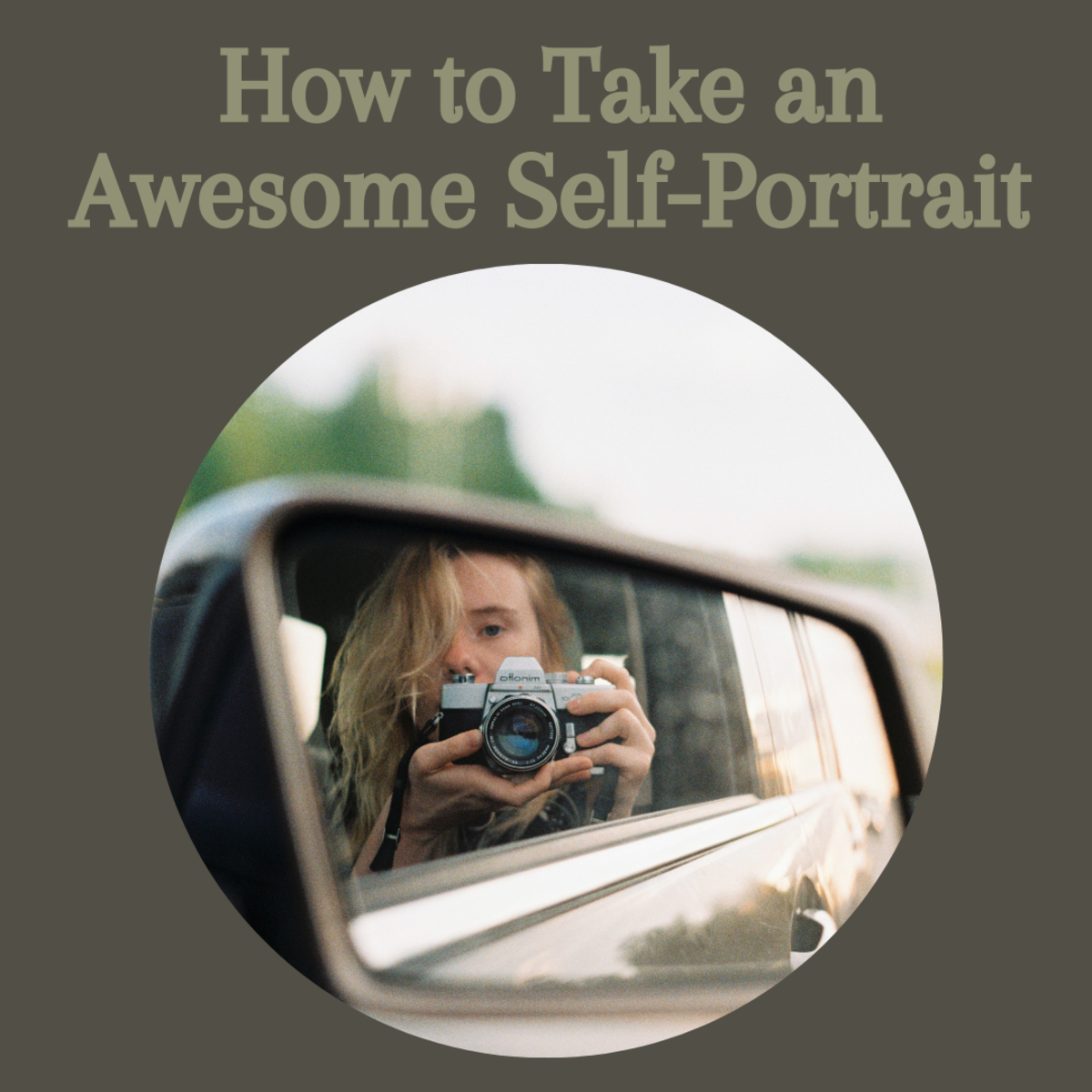Photography and Ethnography
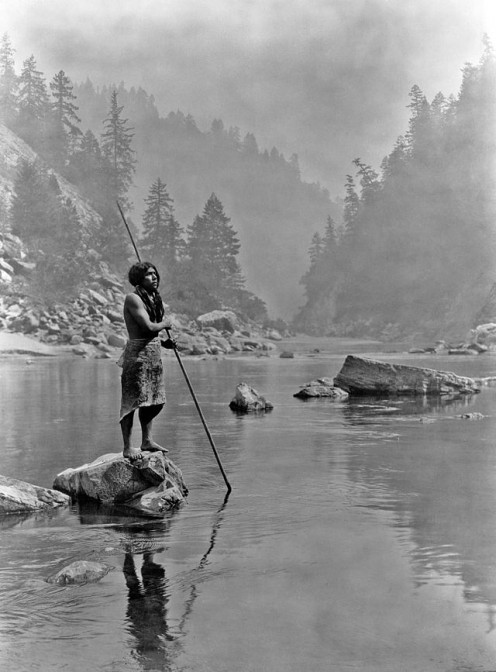
"Ethnography (from Greek ἔθνος ethnos "folk, people, nation" and γράφω grapho "I write") is the systematic study of people and cultures. It is designed to explore cultural phenomena where the researcher observes society from the point of view of the subject of the study. An ethnography is a means to represent graphically and in writing the culture of a group. Data collection methods are meant to capture the "social meanings and ordinary activities" [10] of people (informants) in "naturally occurring settings" [10] that are commonly referred to as "the field." The goal is to collect data in such a way that the researcher imposes a minimal amount of personal bias on the data.[10] Multiple methods of data collection may be employed to facilitate a relationship that allows for a more personal and in-depth portrait of the informants and their community. These can include participant observation, field notes, interviews, and surveys." Wikipedia
There are many ways in one can apply a photographic principle in order to create a story. Ethnography is a simple way of doing this.
Through photography and plenty of time, careful attention to the lives of the subjects a photographer can basically record the lives of its subjects.
It is a study of a culture, of a people with the aid of photographs and the written word.
Attention has to be place on almost any activity that occurs within the society or culture being studied.
A photographer undertaking this technique also has to have a flair for writing since ethnography also counts on a detailed and concise story telling of the subject matter.
The words should accompany the images so as to paint a detailed study of what the images represent.
In other words one should be a good photographer able to capture the essence of the culture along with being able to write a detailed and clear message thus also performing as a writer.


For the project to be a successful one the photographer has to capture images that portray the subjects in their natural state, doing ordinary things and basically going about their daily lives .
Although many shots can be posed the project works best if the subjects appear as to not even noticing the photographer's presence.
Too many posed shots and it looks like an ordinary shoot of posed models.
Capturing regular and ordinary ordinary images denotes a much better portrayal of the lives of the subjects and presents a stronger story.
However by no means should the photographer just record pictures. Like in any other photographic shoot, the images should be pleasing enough to attract the attention of the viewer and should depict scenes that have some meaning behind them and relay some interesting message.
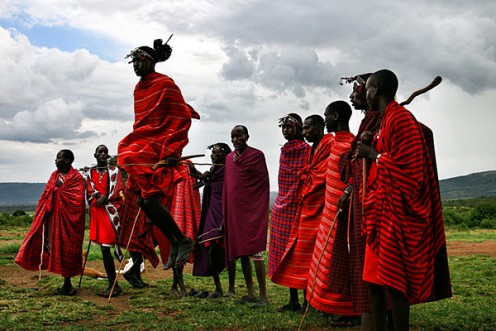


Your subjects do not have to made up completely of people. Other things so long as they can tell something about a culture, a way of life are fair game.
Utensils, living quarters, clothing, food, and other materials can play a good role in the story as much as pictures depicting people.
Your story should have a good balanced mixture of both living and non living subject matter.
Capture images about the location, the terrain, the weather, personal customs, public customs and anything else that will help the story progress from point A to point B and be understandable to the regular, non professional photographer viewer.
Do you understand how to use photography in an ethnographic study?
When embarking on the project keep in mind that you are telling a story about a group of people i.e a culture.
Your creativity will come onto play as well as your ability to capture powerful images taken from every day life that engage and stimulates a viewer's imagination and senses.
As such your images should awaken curiosity and to allow the viewer to explore his own interpretations of what is being presented to them while also interpreting and digesting what they read about the images.
You pictures have to be powerful images and what constitutes a powerful image is always open to interpretation.
However most people will agree that a good powerful picture is such because of its ability to convey a message, arouse an emotion or invoke a feeling.
That should be your guiding principle when involving yourself in concepts like this one.
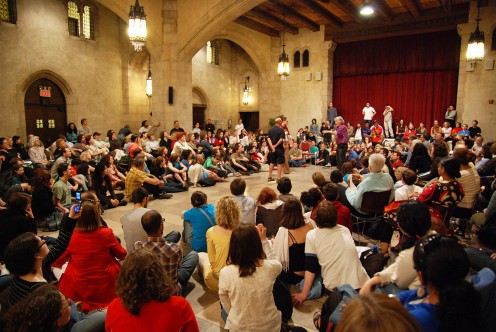
- Photo Storytelling
Sometimes it takes more than one great shot to capture a moment. Learn how taking multiple shots can really tell the story.
© 2014 Luis E Gonzalez






